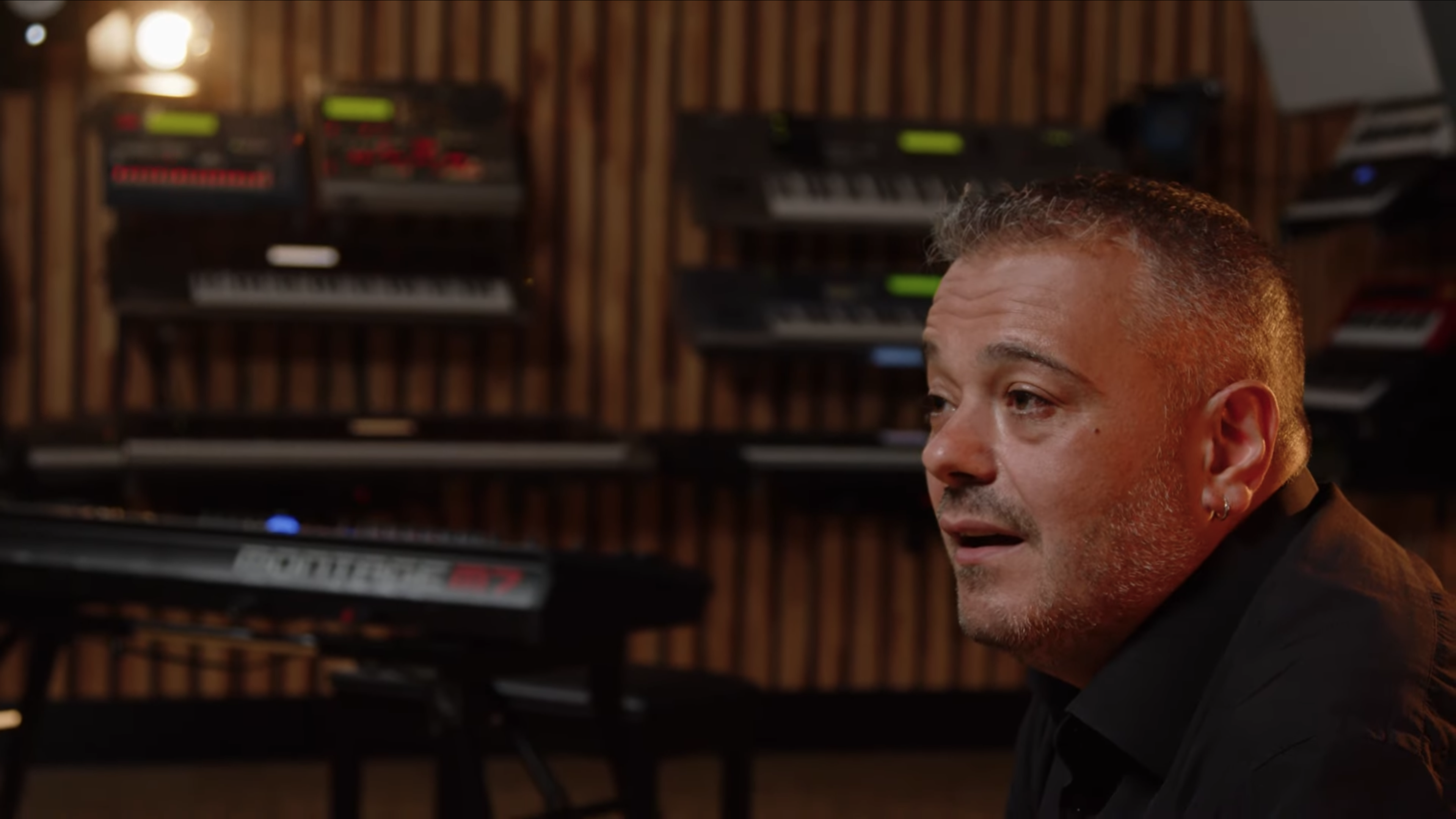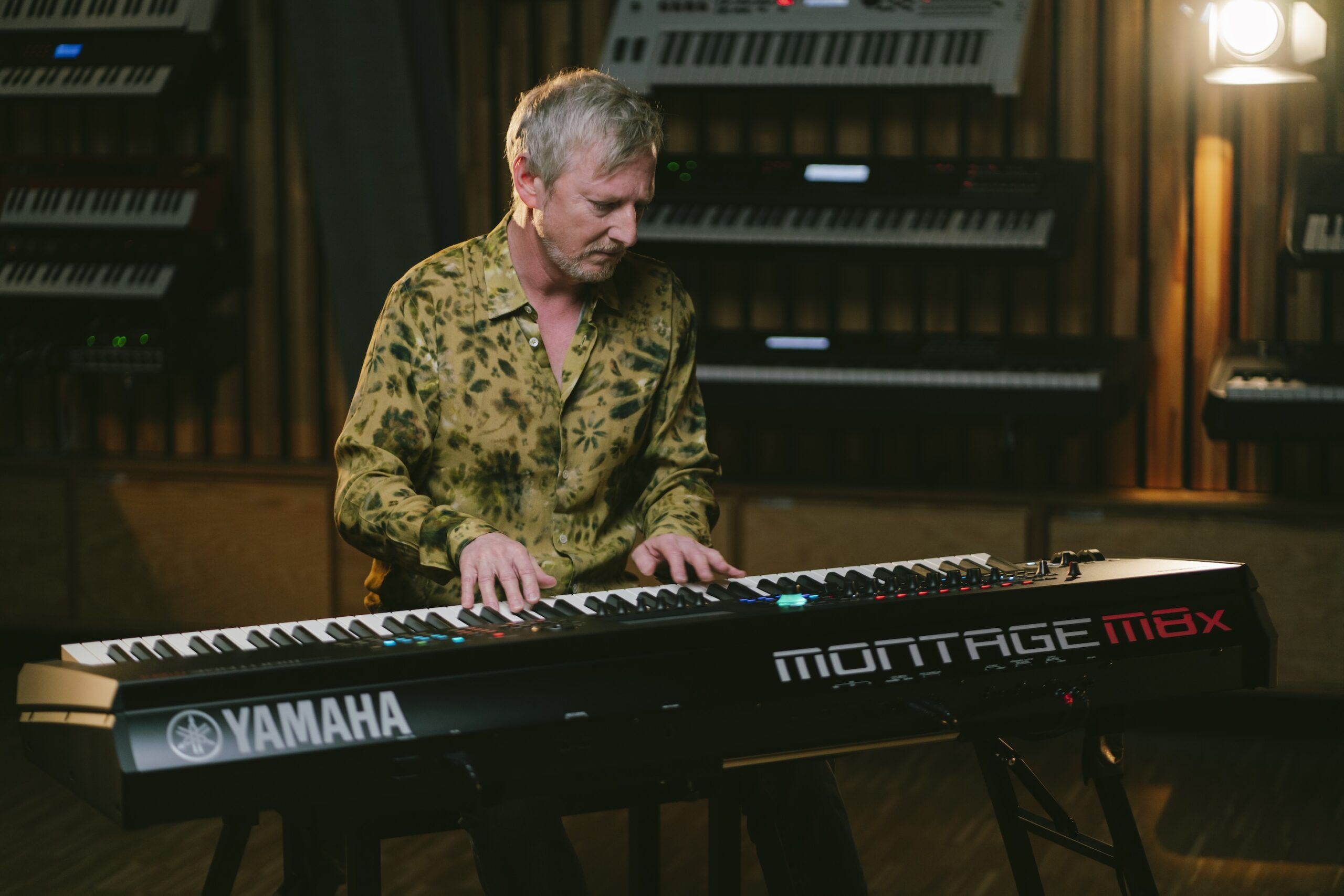Manuele Montesanti Signature Artist Sounds
Keyboardist and producer Manuele Montesanti created several MONTAGE M Performances for his Drift Lab project, all free on Soundmondo! Links and short videos featuring Manuele playing each sound are below.
In this first video Manuele discusses his sounds, what he likes about each one and how he uses them. Check it out.
Here are each of Manuele’s Signature Artist Sounds. First up is “My OS”, an FM Lead Sound:
Here’s “M.I.M.M.A.”, a layered synth comp, lead and pad:
Finally, check out “My OS Comp EP”, an electric piano with synth comp:
Drift Lab is a jazz fusion project featuring Manuele Montesanti on keyboards, Yamaha artists Matteo Mancuso and Daniele Chiantese on guitar and drums, and bassist Federico Malaman. Check out Drift Lab below:

